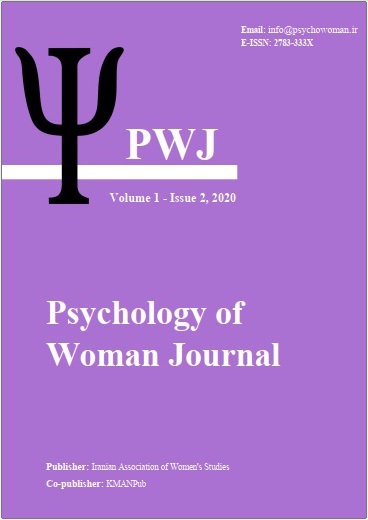The mediating role of alexithymia in the relationship between differentiation, neuroticism and anger rumination with marital burnout in women
Keywords:
Alexithymia, differentiation, neuroticism, anger rumination, marital burnoutAbstract
This research aimed to explain the mediating role of Alexithymia in the relationship between differentiation, neuroticism, and rumination of anger with marital burnout of women in Estehban city. The current research was descriptive and correlational. The research's statistical population was comprised of all the women of Estehban city in 1997-98. From the statistical population, 150 women were selected and studied by simple random sampling method. Differentiation, neuroticism, anger rumination, and marital burnout scales were used to collect data. After collecting and extracting the data, the participants' scores were analyzed using Pearson's correlation coefficient and path analysis using statistical software (SPSS). The results of the path analysis showed that Alexithymia plays a significant mediating role in the relationship between differentiation, neuroticism, anger rumination, and marital burnout of women. Also, the findings showed that there is a significant relationship between differentiation, neuroticism, and rumination of anger with women's marital burnout.
Downloads
Downloads
Published
Issue
Section
License

This work is licensed under a Creative Commons Attribution-NonCommercial 4.0 International License.



















